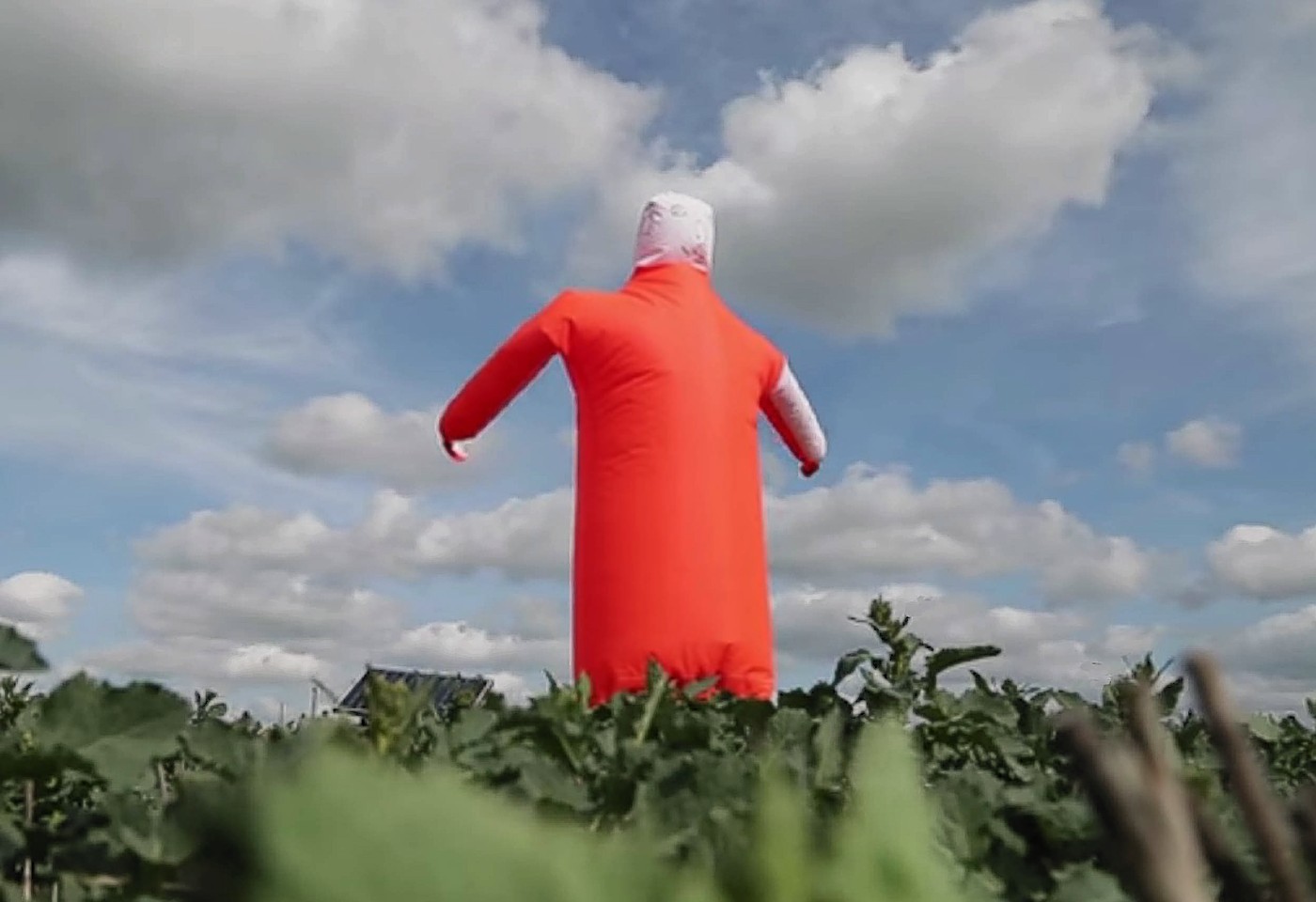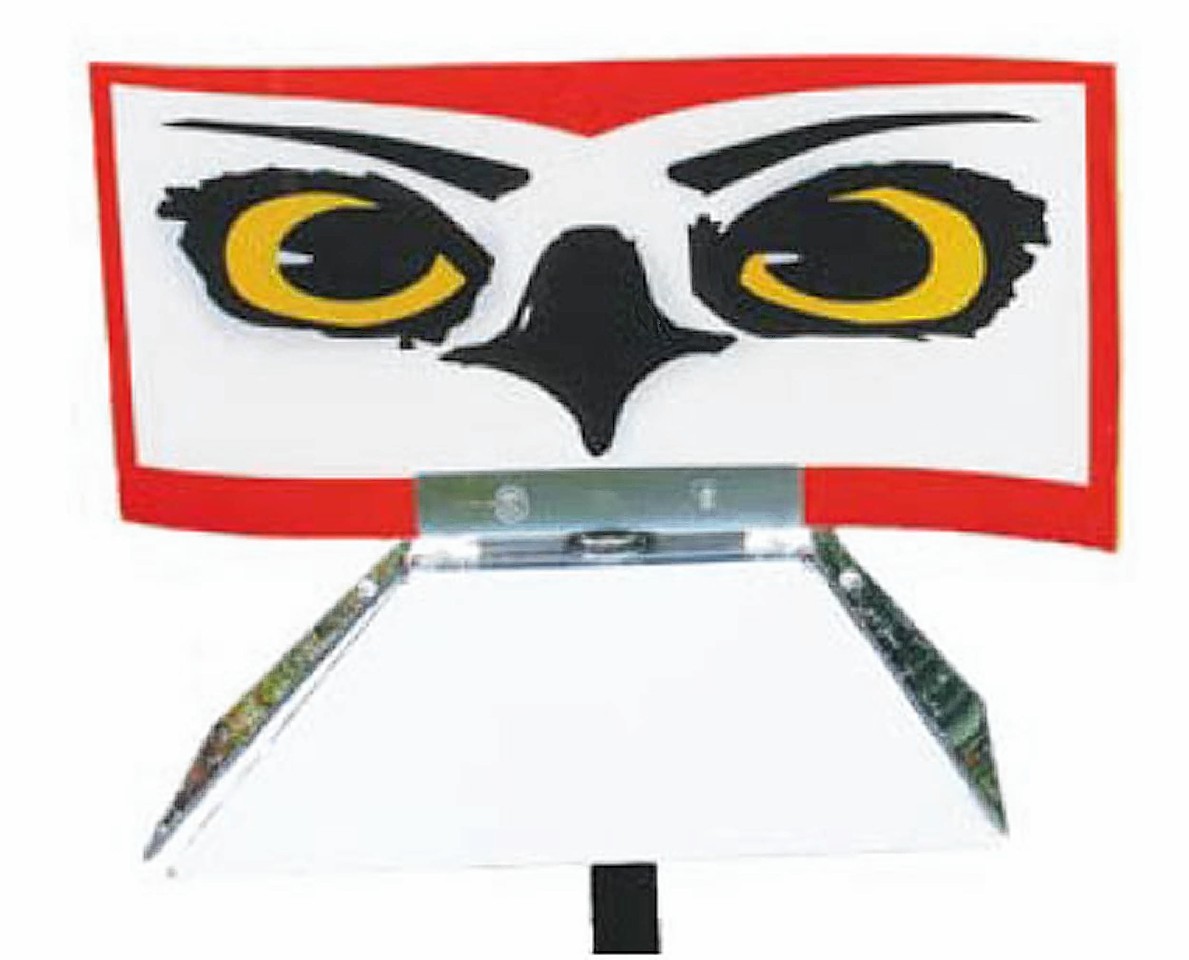A quango is trying to stop sea eagles eating lambs by spending a small fortune on “scary men”, “flashing hawkeyes” and “diversionary fish ponds”.
Sea eagles were deliberately reintroduced to Scotland in 1975 and farmer and crofters have complained ever since that they prey on lambs.
After finally admitting the problem last year, Scottish Natural Heritage (SNH) has so far spent £200,000 encouraging the huge birds to eat fish instead.
A freedom of information request has revealed that part of the cash went on “flashing hawkeyes” – a spinning picture of a raptor with a mirror underneath to create a flash from the sun.
SNH have so far bought two of the devices costing almost £500 each. They are being trialled at a farm in Wester Ross.
Nearly 30 scary men – inflatable scarecrows with giant arms – were also bought to keep the birds at bay, at a cost of £11,380.
Also recommended are “diversionary fishponds” – ponds built near farms and stocked with fish to tempt the giant sea eagles away from livestock.
In all, SNH spent £210,415 trying to limit the sea eagles’ appetite for fresh lamb. Other measures include shepherding, fence building and supplementary feeding. Land managers are also paid to leave deer and goat carcases on the hillside.
A spokesman for TaxPayerScotland said: “It’s pretty damning that despite the thousands of pounds thrown at this, the problem persists.
“Taxpayers will wonder whether they should be picking up the bill for protecting what is essentially private property.”
But Andrew Bauer, deputy director of policy at NFU Scotland, said: “I don’t think it’s unreasonable. I think it’s completely justifiable. These farmers are incurring a private loss to their business because of public good.”
Sea eagles were extinct in the UK for 60 years until imported Norwegian birds were reintroduced on Rum in 1975. It was recently revealed there are now 100 breeding pairs in Scotland.
Ross Lilley, SNH’s sea eagle scheme manager, said: “The scheme has been adapted over the years to respond to issues as the sea eagle population becomes established in Scotland. The latest scheme is trialling a range of measures in collaboration with land managers, with a view to finding a longer term arrangement. Farming practices vary across the country, as do the birds’ behaviour, so it is important to recognise this in the support offered by the scheme.”

